16 June 2023
Securing a peaceful future in space is vital for our planet - Space News Roundup
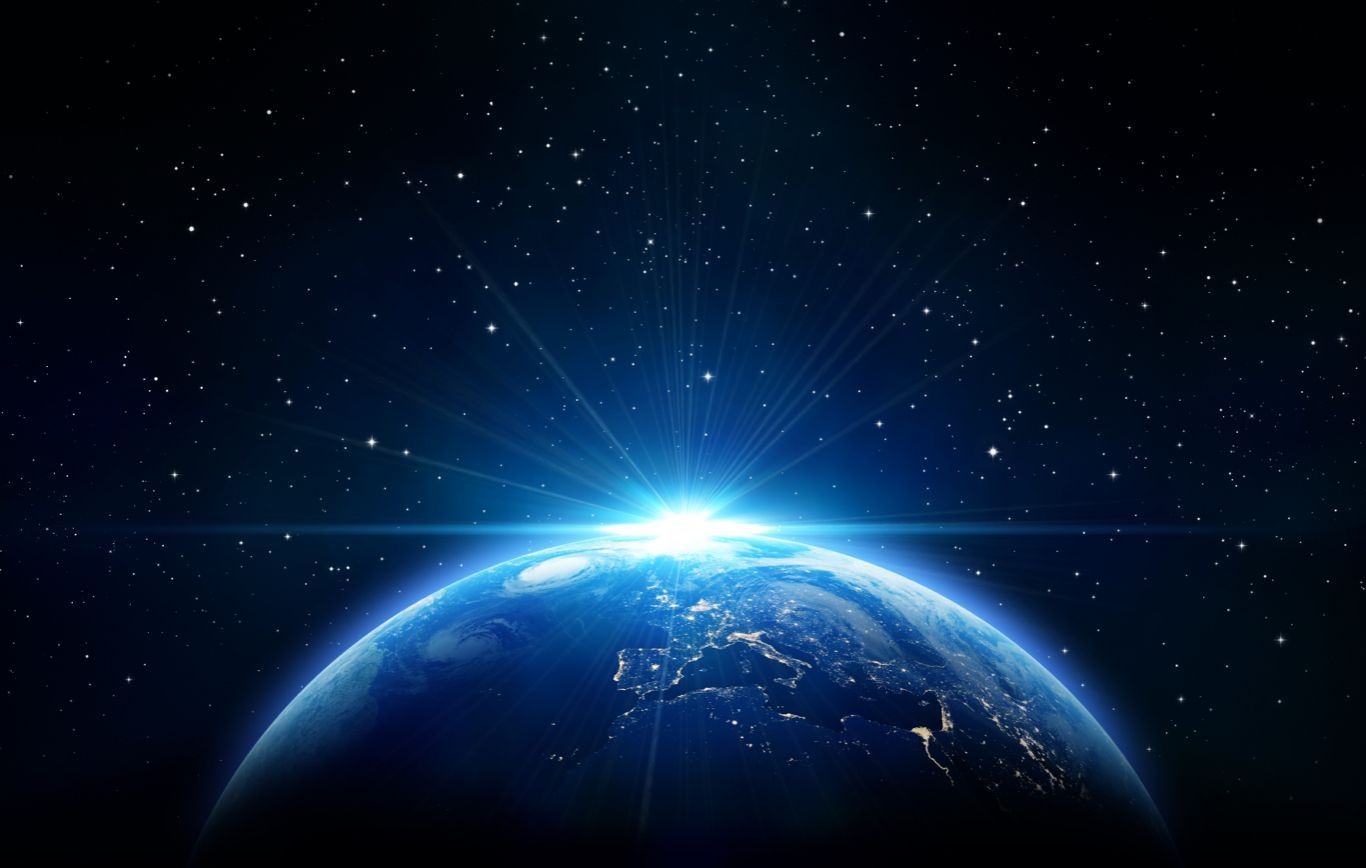
(Image: Adobe)
Since the meeting of the 66th annual COPUOS meeting this month, there appears to be some progress being made in regards to the establishment of a global set of space regulations, ensuring a lasting peace and sustainability for the new space economy. Guy Ryder, UN undersecretary-general for policy, this week speaking at the Secure World Foundation’s Summit for Space Sustainability, said that they were making efforts to address space diplomacy in the build up to a 2024 UN conference named the “Summit if the Future”, according to Space News.
Ryder noted that primary issues include that of the sheer number of objects now being launched into space, the risk of debris and the exploration of the moon and utilisation of space resources. COPUOS and other such working groups will continue their work ahead of the Summit in 15 months, with the clear aim of establishing global space governance. The task will certainly not be easy, especially considering current strains on international relations and geopolitical fallout from the Ukraine war.
The UN, in partnership with the European Union Agency for the Space Programme (EUSPA), have also building a report titled “Contribution to the “Space2030 Agenda”. The report contributes to the UN Space 2030 agenda, which aims to establish how space can be used within the UN system to help achieve sustainable development targets, and is searching how space can also support human population growth. It also supports and highlights how EU space applications such as Copernicus, Galileo, EGNOS and GOVSATCOM can contribute to long term sustainable development.
If we can ensure a lasting peace in space, in return space can be used to ensure sustainability on Earth, but this all requires the ability to continue to work together. One growing obstacle to this aim is that of US-China relations and a subsequent emergence of “space blocs” in the form if differing international frameworks for space cooperation, such as the Artemis Accords (US-led) and the ILRS project (China-led). Pakistan this week became the latest nation to join China’s ILRS moon project.
However, we have previously discussed the role that European nations might play in bridging the gap between these two superpowers and this week it seems that France might be cementing their role here. France are already collaborating on China’s Chang’e-6 mission to the moon and an article from the Global Times this week also highlighted their second satellite cooperative project is nearly at completion. The Space-based multi-band astronomical Variable Objects Monitor (SVOM) is designed to detect violent cosmic explosions known as gamma-ray bursts (GRB) and is expected to launch in 2024. There may still be a positive role that Europe can play bringing adversaries together in space.
Nations picking up the pace for access to space
While there may be indications that. Nations are willing to cooperate in some areas, some are also looking to bolster their sovereign and independent access to space. The Indian Space Agency (ISRO) have conformed that they are on track for their next lunar lander mission for mid-July. Chandrayaan-3, if successful, would see India become only the fourth nation to carry out a soft landing on the moon.
Independent access to the lunar surface will prove vital as nations race to secure their place in the new space economy and utilise the moon for its resources, such as water and sources of breathable oxygen, allowing for a sustained lunar presence.
ESA are ramping up efforts to support research into their own technology to support crewed lunar mission as this week an article from the agency described how a study from the University of Warwick, UK, the University of Bremen, Germany, and EPFL, Switzerland is looking into how to mimic the process of photosynthesis to turn sunlight and water into oxygen. The process would involve producing oxygen using semiconductor materials coated with metallic catalysts, and could be used on the moon and Mars.
Europe also appears to be making steps towards to reinforcing its independent access to space, notably as the last Ariane-5 rocket takes off this weekend. Two European launch startups have this week agreed to cooperate with French rocket giants, Ariane. UK-based Orbex signed an agreement which "aims to increase the joint capabilities and flexibility of both partners’ services”, focussing on launches of small satellite constellations. Furthermore, Spanish startup PLD Space have agreed to develop joint services to launch small satellites, as the company edges closer to the first launch of it’s reusable Miura-1 rocket.
As nations begin to establish their own independent space technologies, it will be even more vital that ways are found to maintain cooperation with others. Without these bridges, we may not truly be able to access the full potential of space for a benefit of Earth and humanity.
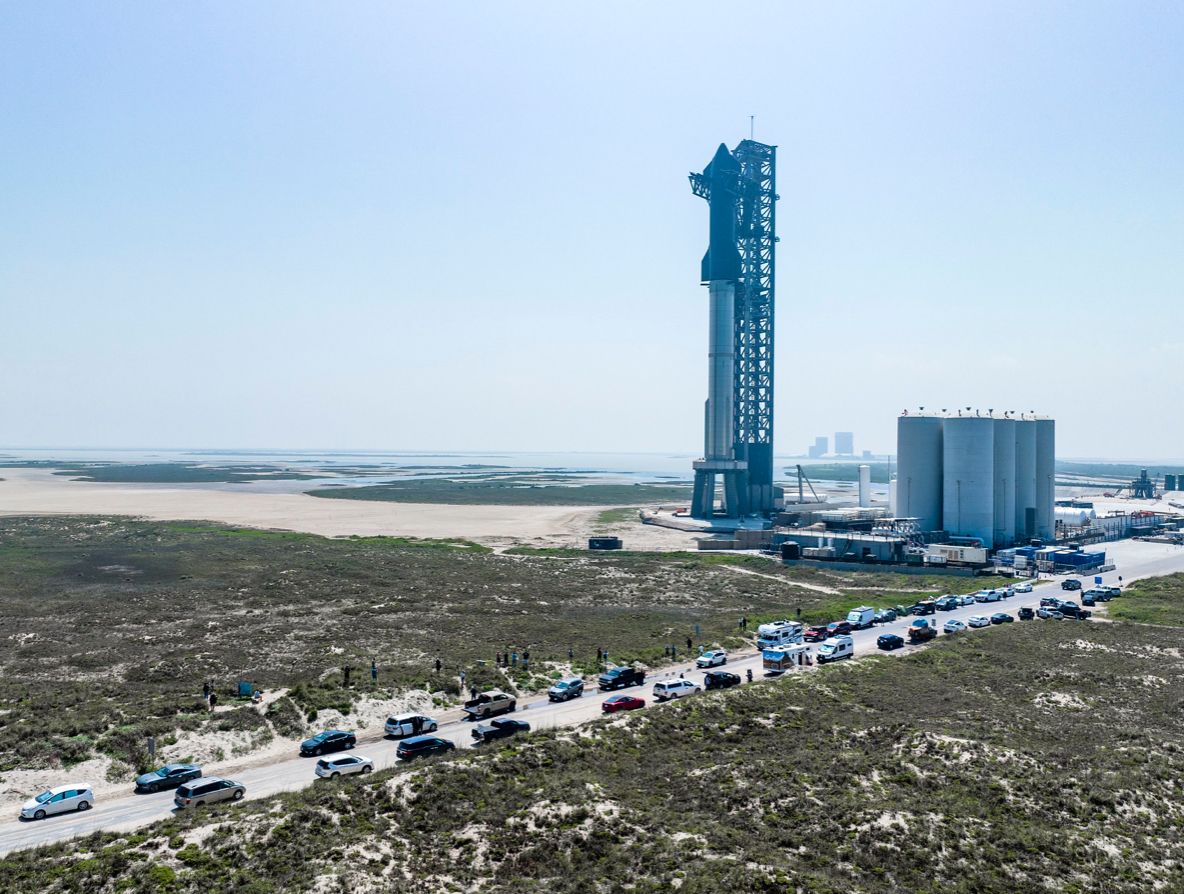
(Image: SpaceX)
Space for the benefit of Earth
The technology that will enable space to benefit our planet is already with us and this week has proven just that. On Tuesday, Elon Musk again tweeted about the prospect of the second launch of Starship, claiming that it may be ready within 6 to 8 weeks. Once Starship does become operational, it will potentially change the way that space travel is conducted. With full reusability and a massively increased payload capacity, traversing Earth-orbit and outer space will become much more accessible.
SpaceX have this week also launched Starfish Space’s Otter Pup spacecraft as one of 72 payloads atop a Falcon-9. Otter Pup will attempt to carry out a series on manoeuvres and return to its carrier vehicle and then dock with it. A successful demonstration of satellite docking has the potential to open a realm of opportunities such as in-orbit refuelling, servicing and de-orbiting debris. These innovations will also play a big role in developing a sustainable orbital infrastructure, which could in turn play an increasingly valuable role in our daily lives.
US-based Varda Space Industries reached a milestone towards in-space manufacturing this week as they announced that "The world's first space factory's solar panels have found the sun and it's beginning to de-tumble.” The company are amongst other such as UK-based Space Forge, looking to use the benefits of micro-gravity to manufacture valuable materials such as stem cells and materials for microchips. In-space manufacturing could also open up the possibility in refining celestial materials, with US company AstroForge looking to carry out a demonstration of this technology after launching a test satellite this year.
Lastly, there appears to be growing awareness regarding the use of space as a source of energy for Earth. Space-based solar power is not a new venture, but this week more steps were taken towards its validation. Speaking at London Tech Week, Energy Security Secretary Grant Shapps announced that leading UK universities and tech companies who will receive part of a multi-million pounds investment in the technology to drive the sector forwards.
Similarly, Australian startup Aquila Earth has raised $3 million towards developing their technology which can transmit electricity via beams of light. The company goes as far to say that their tech could be used to power moving objects, such as drones.
Tapping into an endless supply of clean energy, sourcing valuable materials and using Earth orbit to monitor the such matters as climate change are some our most pressing issues in this moment. In space we can help humanity and our planet, but we must also allow space to succeed, through working together and coexisting peacefully.
External Links
This Week
*News articles posted here are not property of ANASDA GmbH and belong to their respected owners. Postings here are external links only.
Our future in space
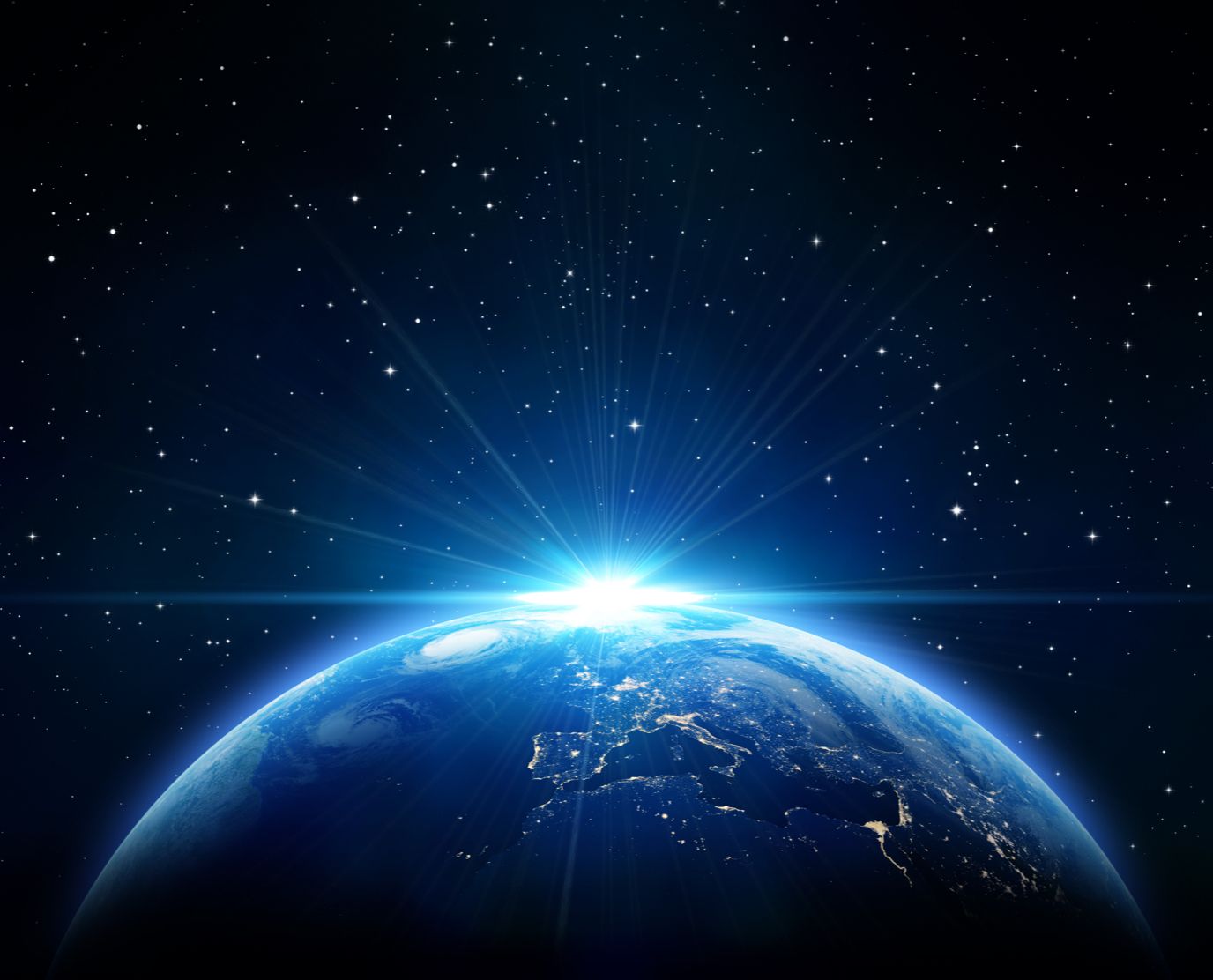
(Image: Adobe)
16 June 2023
Securing a peaceful future in space is vital for our planet - Space News Roundup
Since the meeting of the 66th annual COPUOS meeting this month, there appears to be some progress being made in regards to the establishment of a global set of space regulations, ensuring a lasting peace and sustainability for the new space economy. Guy Ryder, UN undersecretary-general for policy, this week speaking at the Secure World Foundation’s Summit for Space Sustainability, said that they were making efforts to address space diplomacy in the build up to a 2024 UN conference named the “Summit if the Future”, according to Space News.
Ryder noted that primary issues include that of the sheer number of objects now being launched into space, the risk of debris and the exploration of the moon and utilisation of space resources. COPUOS and other such working groups will continue their work ahead of the Summit in 15 months, with the clear aim of establishing global space governance. The task will certainly not be easy, especially considering current strains on international relations and geopolitical fallout from the Ukraine war.
The UN, in partnership with the European Union Agency for the Space Programme (EUSPA), have also building a report titled “Contribution to the “Space2030 Agenda”. The report contributes to the UN Space 2030 agenda, which aims to establish how space can be used within the UN system to help achieve sustainable development targets, and is searching how space can also support human population growth. It also supports and highlights how EU space applications such as Copernicus, Galileo, EGNOS and GOVSATCOM can contribute to long term sustainable development.
If we can ensure a lasting peace in space, in return space can be used to ensure sustainability on Earth, but this all requires the ability to continue to work together. One growing obstacle to this aim is that of US-China relations and a subsequent emergence of “space blocs” in the form if differing international frameworks for space cooperation, such as the Artemis Accords (US-led) and the ILRS project (China-led). Pakistan this week became the latest nation to join China’s ILRS moon project.
However, we have previously discussed the role that European nations might play in bridging the gap between these two superpowers and this week it seems that France might be cementing their role here. France are already collaborating on China’s Chang’e-6 mission to the moon and an article from the Global Times this week also highlighted their second satellite cooperative project is nearly at completion. The Space-based multi-band astronomical Variable Objects Monitor (SVOM) is designed to detect violent cosmic explosions known as gamma-ray bursts (GRB) and is expected to launch in 2024. There may still be a positive role that Europe can play bringing adversaries together in space.
Nations picking up the pace for access to space
While there may be indications that. Nations are willing to cooperate in some areas, some are also looking to bolster their sovereign and independent access to space. The Indian Space Agency (ISRO) have conformed that they are on track for their next lunar lander mission for mid-July. Chandrayaan-3, if successful, would see India become only the fourth nation to carry out a soft landing on the moon.
Independent access to the lunar surface will prove vital as nations race to secure their place in the new space economy and utilise the moon for its resources, such as water and sources of breathable oxygen, allowing for a sustained lunar presence.
ESA are ramping up efforts to support research into their own technology to support crewed lunar mission as this week an article from the agency described how a study from the University of Warwick, UK, the University of Bremen, Germany, and EPFL, Switzerland is looking into how to mimic the process of photosynthesis to turn sunlight and water into oxygen. The process would involve producing oxygen using semiconductor materials coated with metallic catalysts, and could be used on the moon and Mars.
Europe also appears to be making steps towards to reinforcing its independent access to space, notably as the last Ariane-5 rocket takes off this weekend. Two European launch startups have this week agreed to cooperate with French rocket giants, Ariane. UK-based Orbex signed an agreement which "aims to increase the joint capabilities and flexibility of both partners’ services”, focussing on launches of small satellite constellations. Furthermore, Spanish startup PLD Space have agreed to develop joint services to launch small satellites, as the company edges closer to the first launch of it’s reusable Miura-1 rocket.
As nations begin to establish their own independent space technologies, it will be even more vital that ways are found to maintain cooperation with others. Without these bridges, we may not truly be able to access the full potential of space for a benefit of Earth and humanity.
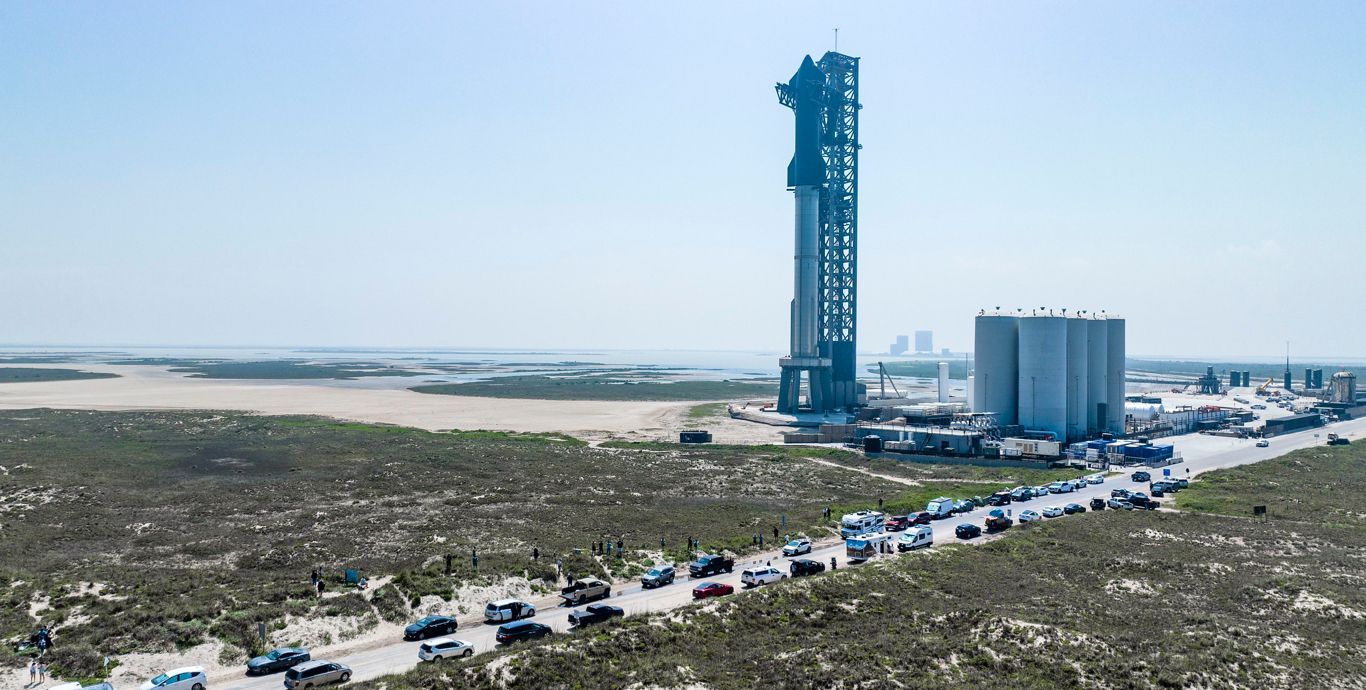
Starship (Image: SpaceX)
Space for the benefit of Earth
The technology that will enable space to benefit our planet is already with us and this week has proven just that. On Tuesday, Elon Musk again tweeted about the prospect of the second launch of Starship, claiming that it may be ready within 6 to 8 weeks. Once Starship does become operational, it will potentially change the way that space travel is conducted. With full reusability and a massively increased payload capacity, traversing Earth-orbit and outer space will become much more accessible.
SpaceX have this week also launched Starfish Space’s Otter Pup spacecraft as one of 72 payloads atop a Falcon-9. Otter Pup will attempt to carry out a series on manoeuvres and return to its carrier vehicle and then dock with it. A successful demonstration of satellite docking has the potential to open a realm of opportunities such as in-orbit refuelling, servicing and de-orbiting debris. These innovations will also play a big role in developing a sustainable orbital infrastructure, which could in turn play an increasingly valuable role in our daily lives.
US-based Varda Space Industries reached a milestone towards in-space manufacturing this week as they announced that "The world's first space factory's solar panels have found the sun and it's beginning to de-tumble.” The company are amongst other such as UK-based Space Forge, looking to use the benefits of micro-gravity to manufacture valuable materials such as stem cells and materials for microchips. In-space manufacturing could also open up the possibility in refining celestial materials, with US company AstroForge looking to carry out a demonstration of this technology after launching a test satellite this year.
Lastly, there appears to be growing awareness regarding the use of space as a source of energy for Earth. Space-based solar power is not a new venture, but this week more steps were taken towards its validation. Speaking at London Tech Week, Energy Security Secretary Grant Shapps announced that leading UK universities and tech companies who will receive part of a multi-million pounds investment in the technology to drive the sector forwards.
Similarly, Australian startup Aquila Earth has raised $3 million towards developing their technology which can transmit electricity via beams of light. The company goes as far to say that their tech could be used to power moving objects, such as drones.
Tapping into an endless supply of clean energy, sourcing valuable materials and using Earth orbit to monitor the such matters as climate change are some our most pressing issues in this moment. In space we can help humanity and our planet, but we must also allow space to succeed, through working together and coexisting peacefully.
Share this article
External Links
This Week
*News articles posted here are not property of ANASDA GmbH and belong to their respected owners. Postings here are external links only.
16 June 2023
Securing a peaceful future in space is vital for our planet - Space News Roundup
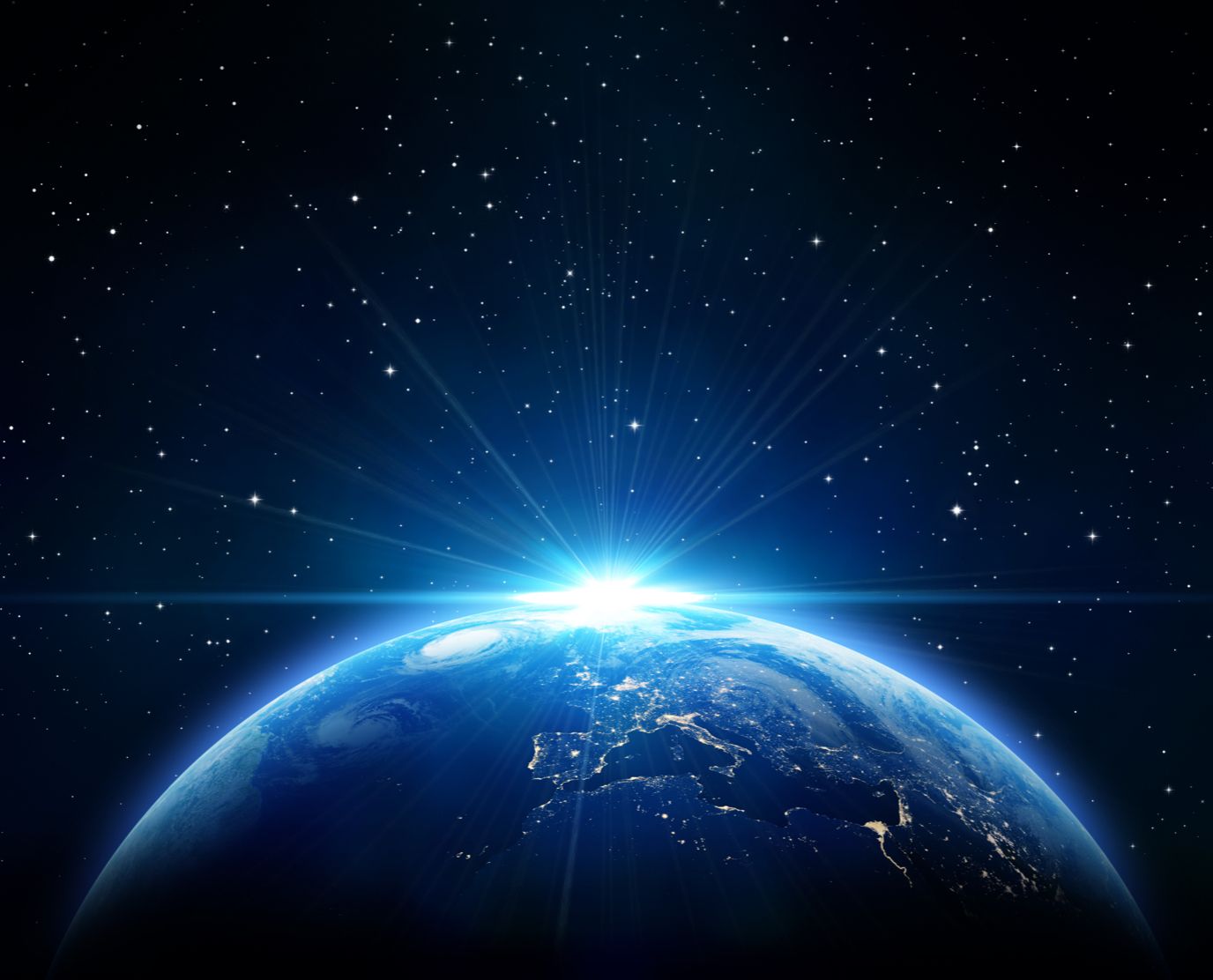
(Image: Adobe)
Since the meeting of the 66th annual COPUOS meeting this month, there appears to be some progress being made in regards to the establishment of a global set of space regulations, ensuring a lasting peace and sustainability for the new space economy. Guy Ryder, UN undersecretary-general for policy, this week speaking at the Secure World Foundation’s Summit for Space Sustainability, said that they were making efforts to address space diplomacy in the build up to a 2024 UN conference named the “Summit if the Future”, according to Space News.
Ryder noted that primary issues include that of the sheer number of objects now being launched into space, the risk of debris and the exploration of the moon and utilisation of space resources. COPUOS and other such working groups will continue their work ahead of the Summit in 15 months, with the clear aim of establishing global space governance. The task will certainly not be easy, especially considering current strains on international relations and geopolitical fallout from the Ukraine war.
The UN, in partnership with the European Union Agency for the Space Programme (EUSPA), have also building a report titled “Contribution to the “Space2030 Agenda”. The report contributes to the UN Space 2030 agenda, which aims to establish how space can be used within the UN system to help achieve sustainable development targets, and is searching how space can also support human population growth. It also supports and highlights how EU space applications such as Copernicus, Galileo, EGNOS and GOVSATCOM can contribute to long term sustainable development.
If we can ensure a lasting peace in space, in return space can be used to ensure sustainability on Earth, but this all requires the ability to continue to work together. One growing obstacle to this aim is that of US-China relations and a subsequent emergence of “space blocs” in the form if differing international frameworks for space cooperation, such as the Artemis Accords (US-led) and the ILRS project (China-led). Pakistan this week became the latest nation to join China’s ILRS moon project.
However, we have previously discussed the role that European nations might play in bridging the gap between these two superpowers and this week it seems that France might be cementing their role here. France are already collaborating on China’s Chang’e-6 mission to the moon and an article from the Global Times this week also highlighted their second satellite cooperative project is nearly at completion. The Space-based multi-band astronomical Variable Objects Monitor (SVOM) is designed to detect violent cosmic explosions known as gamma-ray bursts (GRB) and is expected to launch in 2024. There may still be a positive role that Europe can play bringing adversaries together in space.
Nations picking up the pace for access to space
While there may be indications that. Nations are willing to cooperate in some areas, some are also looking to bolster their sovereign and independent access to space. The Indian Space Agency (ISRO) have conformed that they are on track for their next lunar lander mission for mid-July. Chandrayaan-3, if successful, would see India become only the fourth nation to carry out a soft landing on the moon.
Independent access to the lunar surface will prove vital as nations race to secure their place in the new space economy and utilise the moon for its resources, such as water and sources of breathable oxygen, allowing for a sustained lunar presence.
ESA are ramping up efforts to support research into their own technology to support crewed lunar mission as this week an article from the agency described how a study from the University of Warwick, UK, the University of Bremen, Germany, and EPFL, Switzerland is looking into how to mimic the process of photosynthesis to turn sunlight and water into oxygen. The process would involve producing oxygen using semiconductor materials coated with metallic catalysts, and could be used on the moon and Mars.
Europe also appears to be making steps towards to reinforcing its independent access to space, notably as the last Ariane-5 rocket takes off this weekend. Two European launch startups have this week agreed to cooperate with French rocket giants, Ariane. UK-based Orbex signed an agreement which "aims to increase the joint capabilities and flexibility of both partners’ services”, focussing on launches of small satellite constellations. Furthermore, Spanish startup PLD Space have agreed to develop joint services to launch small satellites, as the company edges closer to the first launch of it’s reusable Miura-1 rocket.
As nations begin to establish their own independent space technologies, it will be even more vital that ways are found to maintain cooperation with others. Without these bridges, we may not truly be able to access the full potential of space for a benefit of Earth and humanity.
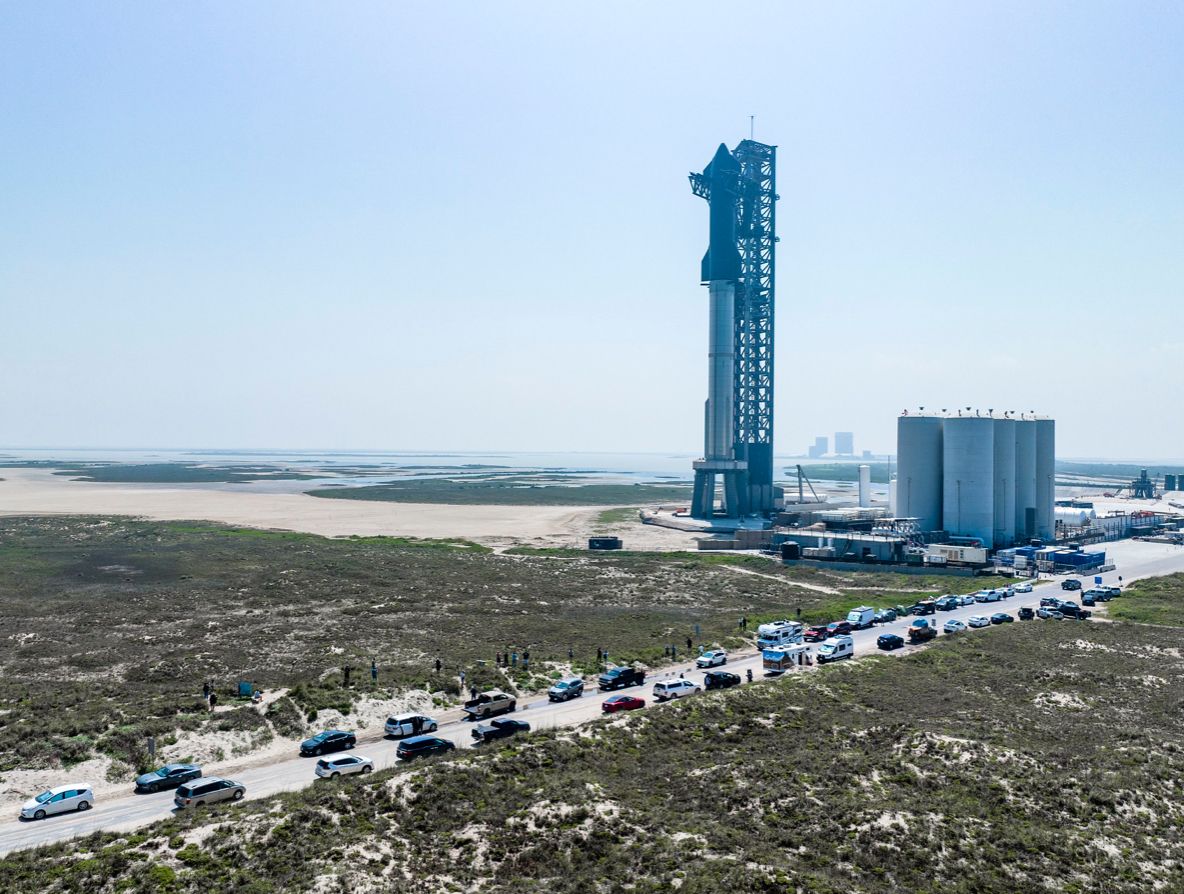
Starship (Image: SpaceX)
Space for the benefit of Earth
The technology that will enable space to benefit our planet is already with us and this week has proven just that. On Tuesday, Elon Musk again tweeted about the prospect of the second launch of Starship, claiming that it may be ready within 6 to 8 weeks. Once Starship does become operational, it will potentially change the way that space travel is conducted. With full reusability and a massively increased payload capacity, traversing Earth-orbit and outer space will become much more accessible.
SpaceX have this week also launched Starfish Space’s Otter Pup spacecraft as one of 72 payloads atop a Falcon-9. Otter Pup will attempt to carry out a series on manoeuvres and return to its carrier vehicle and then dock with it. A successful demonstration of satellite docking has the potential to open a realm of opportunities such as in-orbit refuelling, servicing and de-orbiting debris. These innovations will also play a big role in developing a sustainable orbital infrastructure, which could in turn play an increasingly valuable role in our daily lives.
US-based Varda Space Industries reached a milestone towards in-space manufacturing this week as they announced that "The world's first space factory's solar panels have found the sun and it's beginning to de-tumble.” The company are amongst other such as UK-based Space Forge, looking to use the benefits of micro-gravity to manufacture valuable materials such as stem cells and materials for microchips. In-space manufacturing could also open up the possibility in refining celestial materials, with US company AstroForge looking to carry out a demonstration of this technology after launching a test satellite this year.
Lastly, there appears to be growing awareness regarding the use of space as a source of energy for Earth. Space-based solar power is not a new venture, but this week more steps were taken towards its validation. Speaking at London Tech Week, Energy Security Secretary Grant Shapps announced that leading UK universities and tech companies who will receive part of a multi-million pounds investment in the technology to drive the sector forwards.
Similarly, Australian startup Aquila Earth has raised $3 million towards developing their technology which can transmit electricity via beams of light. The company goes as far to say that their tech could be used to power moving objects, such as drones.
Tapping into an endless supply of clean energy, sourcing valuable materials and using Earth orbit to monitor the such matters as climate change are some our most pressing issues in this moment. In space we can help humanity and our planet, but we must also allow space to succeed, through working together and coexisting peacefully.
Share this article
External Links
This Week
*News articles posted here are not property of ANASDA GmbH and belong to their respected owners. Postings here are external links only.

















